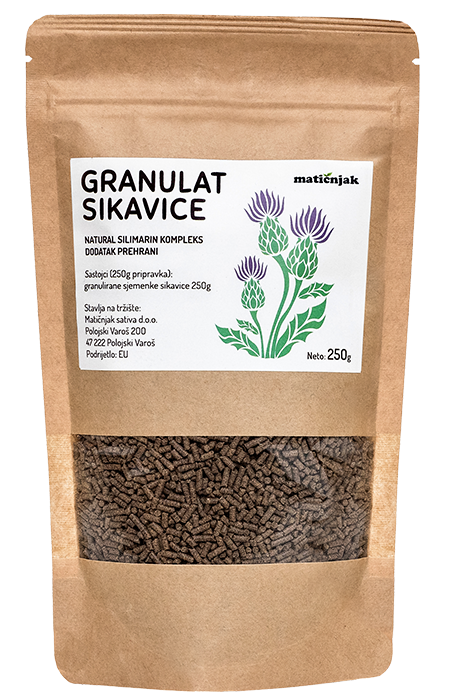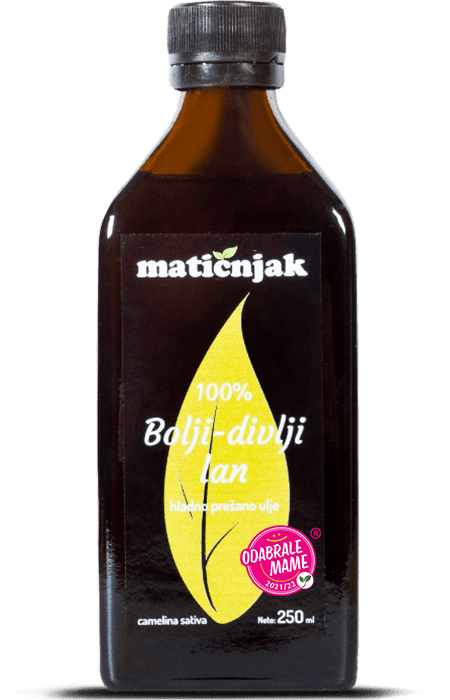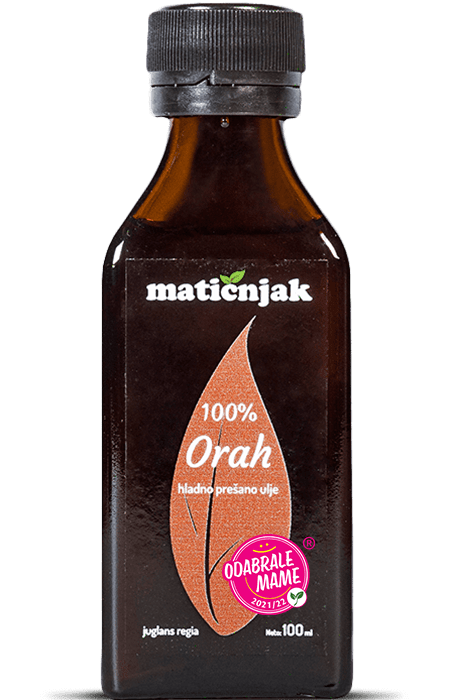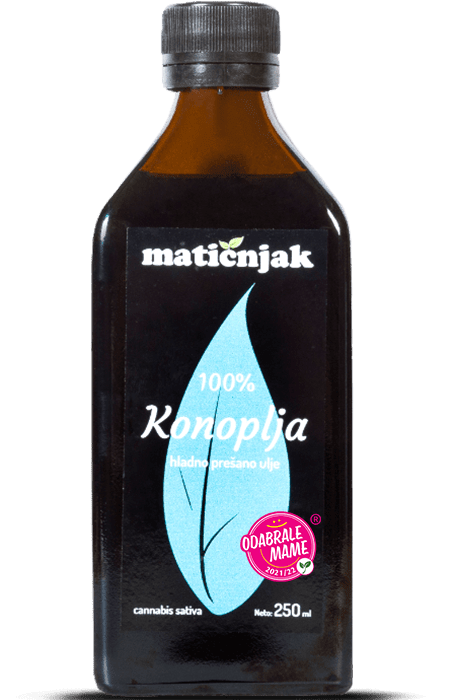[Signals from food 2/6]
In order to understand the importance of fatty acids in our diet, it is important to first familiarize ourselves with adipose tissue, an extremely important endocrine organ. By understanding adipocytes (fat cells), their identity and potential, you will realize that their ability is extraordinary and not at all modest. And it all starts from one small fat cell.
Adipose tissue is an endocrine organ
Adipose tissue is one of the least appreciated tissues in the body. It consists of adipocytes, precursors of stem cells and other specialized cells intertwined in a network outside the cellular matrix of blood vessels and nerves. We find it under the skin (subcutaneous adipose tissue) and packed around internal organs (visceral adipose tissue), between muscles, inside the bone marrow and in breast tissue. Adipose tissue we perceive it as irrelevant, cosmetically repulsive with the fundamental prejudice that fat tissue is "bad". But adipose tissue is not a lump of inert fat whose role in health we constantly and unfairly critically ignore, adipose tissue is an important agent of body function and health and performs a number of extraordinary and complex functions. It is actually a very important endocrine organ.
Functions of adipose tissue:
- The first and most critical task of adipose tissue is to store lipids, and the loss of this capacity leads to the accumulation of lipids in other tissues and organs, causing their dysfunction.
- Adipose tissue is also a pool of readily available energy, which requires a very complex and coordinated response to endocrine and neuronal signals for precise regulation of intake, processing, storage, breakdown and release of nutrients. Considering the range of that function, we can safely conclude that it is a great feat.
- It is both a mechanical barrier against injury and an insulator against the cold.
- In addition to adipocytes, adipose tissue contains numerous other cells that are capable of producing certain hormones in response to signals from other organs throughout the body. Through the action of these hormones, fat tissue plays an important role in the regulation of glucose, cholesterol and the metabolism of sex hormones. This function is extremely important in diabetics and endocrine diseases.
- Adipose tissue specifically affects other closely related tissues. Peri vascular adipose tissue directly, locally affects vascular function, while adipose tissue in the joints plays a key role in their maintenance.
- Small depots of fatty tissue exist near the eyes, kidneys, heart and elsewhere, and each of them has its own specific role, revealing new insights into the health of these organs.
- Adipocytes signal to stem cells in the skin, mammary glands and bone marrow the modeling and regeneration of organs. Adipose tissue near the skin and intestines reacts to the invasion of bacteria by contributing to the immune defense.

Inflammation of fatty tissue
Obesity causes low-grade chronic inflammation of adipose tissue, and disrupts its endocrine function, resulting in metabolic disorders. Since adipose tissue inflammation is causally related to the pathogenesis of insulin resistance and several chronic diseases, dietary interventions aimed at improving adipose inflammation tissues may be a useful strategy to improve the overall metabolic profile. This means that by choosing a smart diet, we directly affect the size and number of fat cells and ultimately weight loss, sugar regulation and overall health. A diet rich in polyunsaturated fatty acids, and fruits and vegetables that have a higher density of nutrients and lower caloric density, gives excellent results for weight loss and metabolic balance.
Fatty acids in the diet are extremely important in modulating the function of adipose tissue and glucose and insulin homeostasis. Saturated fatty acids and trans fats contribute to adipose tissue inflammation, while polyunsaturated fatty acids (omega 3) extinguish adipose tissue inflammation. Omega 3 fatty acids consistently prevent excessive weight gain and insulin sensitivity.
Turmeric, berries, citrus fruits, parsley, onions and apples are a rich source of polyphenols, which also have beneficial effects on adipose tissue inflammation. Inflammation of adipose tissue can be overcome with polyphenolic compounds from the mentioned fruits and vegetables and the described fatty acids. In order to achieve the desired benefits, it is important to maintain optimal levels of these bioactive compounds in the body. These requirements can be fulfilled by frequent consumption of fish, fruits and vegetables rich in these compounds, as well as carefully selected cold-pressed oils such as hemp, walnut or wild flax oil .
🌱 Matićnjak advises: We believe that you have recognized the role of fat tissue in aging and disease development. Specific, omega 3 fatty acids are the starting material for vital signaling molecules that play a key role in maintaining health and cellular functions. Fruits and vegetables rich in polyphenols are also extremely important to regulate inflammation. Be sure to include cold-pressed vegetable oils rich in omega acids, fruits, vegetables and fish in your diet in order to manage your health wisely.
In the next blog, you will learn how to successfully keep your weight under control and what triggers weight loss:
=> Good fats against obesity (3/6)
Blog 'Signals from Food'
-
What Croats eat and how they eat (Introduction)
-
TRANS fun - white can't (4/6)
Ivo Bačlija, herbalist, apitherapist
+The information and statements are for educational purposes and should not replace your doctor's advice.











